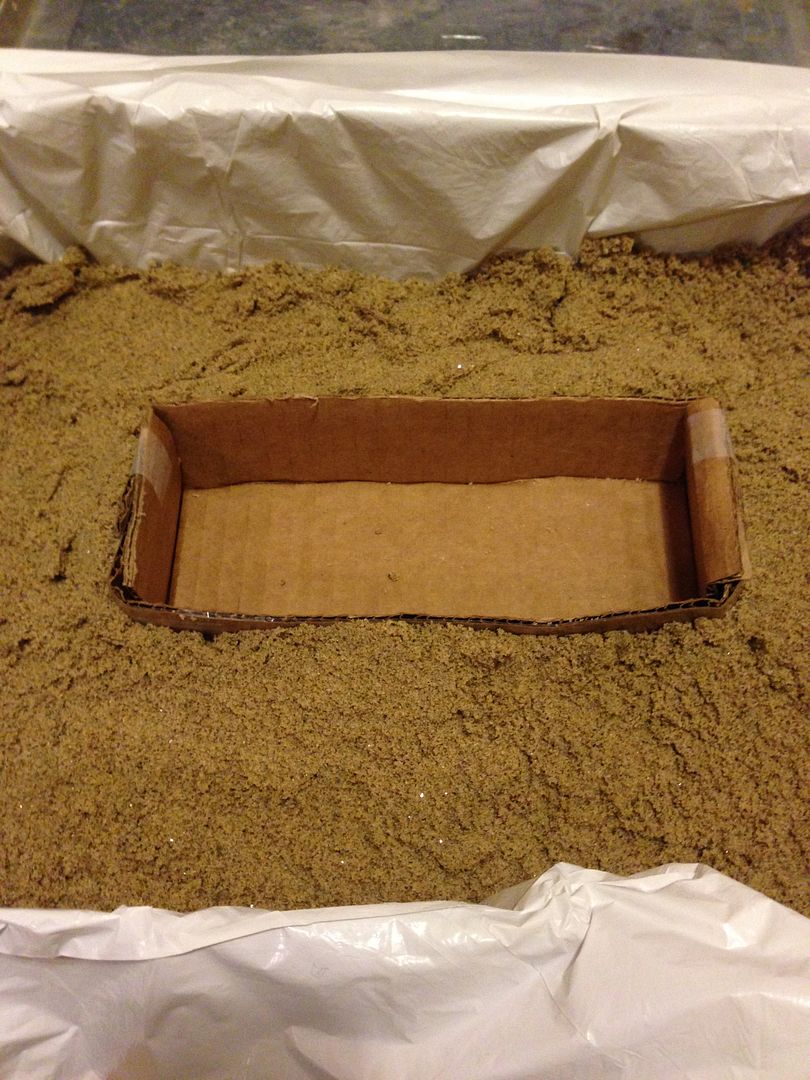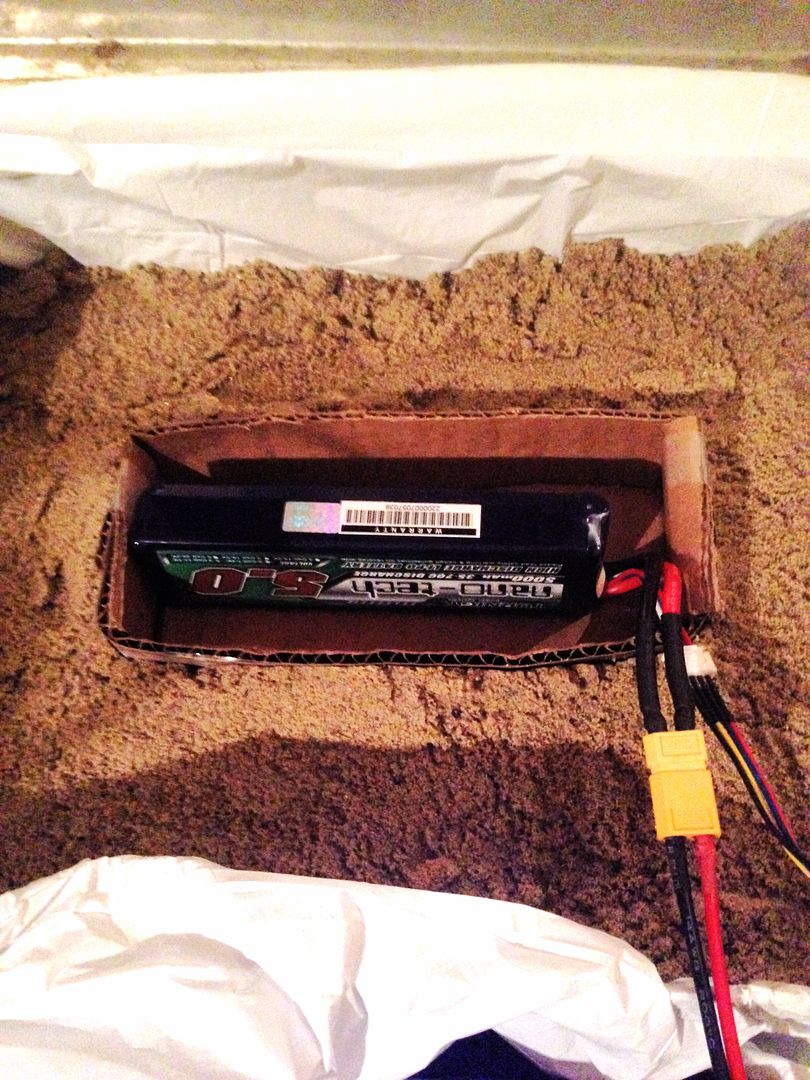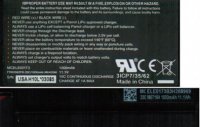I don't care, call me "stupid". I know it's a good thing to be as safe as one can be, But I've NEVER discharged any of my 30 odd lipos. And I usually charge em right back up, after they've cooled off. But I do usually go through 3 or 4 packs about every day (retired old fart). I store most in a metal ammo box. At the moment, there are about a dozen charged packs laying on my kitchen counter, 2,3,and 4 cell, all topped off and ready to fly. They been laying there all night. I know these things can ignite, fizzle and fart, but I've only had 1 pack go out, and lucky for me it was only a 450mh 3C pack. I was using it for testing on my bench, and let the two wires get together in all the mess. No flames, just a strange smell, and smoke. If you think about it, these lipos are laying all around your home. Cell phones, laptops, GPS units, MP3 player, your watch that's strapped to your wrist, on and on.




